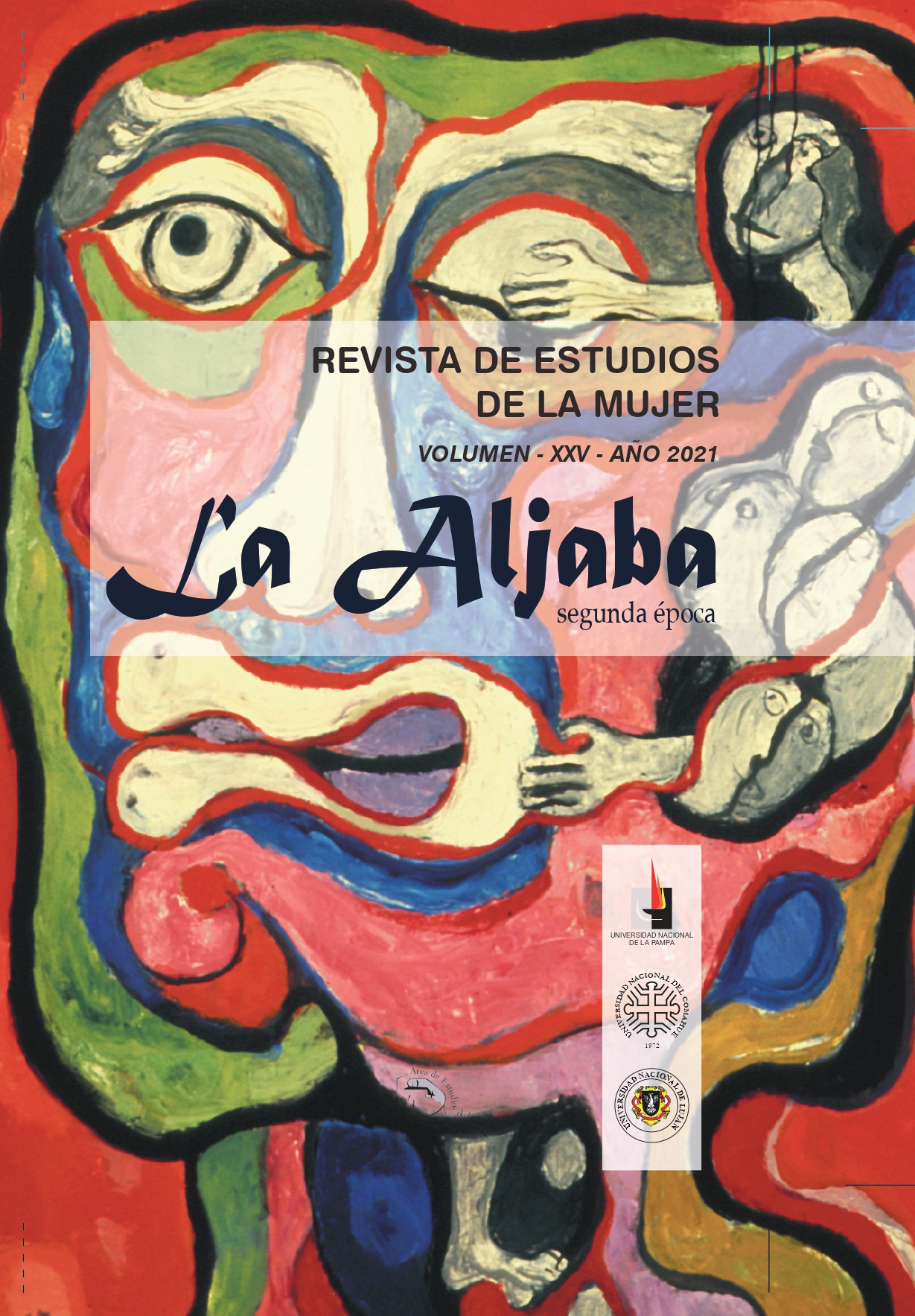The representation of the native women of Pampa and Nordpatagonia (Argentina) in the gaze of two travelers. Eighteenth and nineteenth centuries
Keywords:
women, Stereotypes, Symbolic violenceAbstract
This paper analyzes the texts of two travelers who refer to the native women who inhabited the Buenos Aires campaign and the Patagonian north during the eighteenth and nineteenth centuries: Guillermo Cox and Félix de Azara. We consider that their representations are influenced by the ideas of domesticity and morality in force in that period and provide us a distorted image, which we understand constitutes a type of symbolic violence. Both indigenous and "Chinese" women are relegated to domestic spaces which, although they are part of their daily environment, are presented as places where they can not only perform much of their tasks but also play important roles in the life maintenance, enjoying, in many cases, interference in the ownership and administration of property. In general, the evolutionary ideas in force at that time placed these societies in the less advanced stages of human progress.


















4.jpg)




